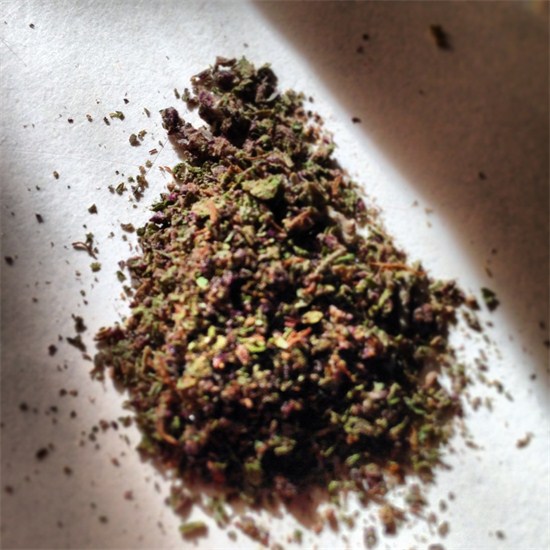

In addition to evaluating the candidate as a monotherapy, Silverback was also studying it in combination with Merck’s Keytruda and had signed an agreement with Regeneron to pair it with Libtayo. At the time, the biotech said the adverse event profile had been “very manageable” and hadn’t seen any cytokine release syndrome events higher than Grade 2, or moderate. The biotech hadn’t presented much data from the HER2 program, though it did note in an interim September update researchers had seen one partial response among 18 evaluable patients. But the response evidently proved too strong, resulting in the inflammatory cytokine response. In cancer, the theory had been that stimulating immune responses while pinning down HER2-expressing tumors could lead to a more potent therapy. Silverback’s linker technology aims to pair TLR8 agonists with disease-directed antibodies. In the immediate wake of the news, Silverback shares $SBTX were down 5%, then quickly went up 5%, only to return flat by early Friday morning. The reason? Silverback CSO Valerie Odegard said such data have shown “significant differences in preclinical serum exposures and expected overall conjugate disposition for SBT8230 in patients due to its efficient liver targeting.”


 0 kommentar(er)
0 kommentar(er)
